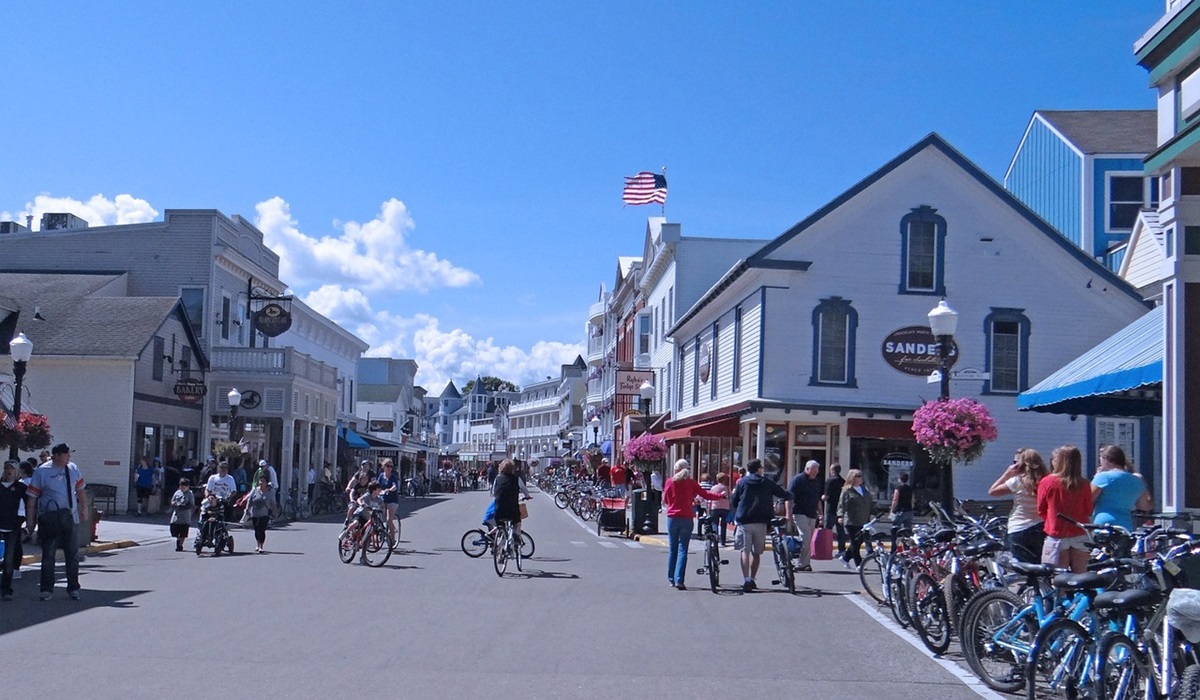The Singing Roads: A Symphony of Safety and Innovation
- Ingrid Jones
- Technology
- Trending
- November 2, 2023

The new generation of smart roads is making road travel safer by implementing innovative features. These sonic streets, combining engineering ingenuity and artistic creativity, are steadily gaining prominence in different corners of the globe. These distinctive roadways, crafted to produce musical melodies or designated sounds as vehicles pass over them, are not just enchanting but also play a crucial role in bolstering road safety and offering a glimpse into the future of transportation.
The concept of roads that honk originated to address a common issue in modern society: distracted driving. In many urban and suburban areas, the relentless flow of information and stimuli has led to increased accidents caused by drivers losing focus on the road. To combat this issue, engineers and designers began to explore innovative ways to capture drivers’ attention, thus minimizing the risk of accidents.
One notable example of a singing road is the “Musical Road” in Lancaster, California, USA. Constructed in 2008, this road plays a section of the “William Tell Overture” when vehicles drive over it at the designated speed of 55 mph (88.5 km/h). This melodious stretch was intended to reduce speeding and create a fun and memorable experience for drivers, increasing their engagement with the road and reducing accidents.
The primary goal behind creating roads that honk is to improve road safety by engaging drivers’ attention and encouraging them to adhere to speed limits. The auditory stimulation these roads provide creates a memorable experience for drivers, prompting them to pay closer attention to the road. The tunes or sounds act as instant reminders for drivers to maintain safe speeds and exercise caution.
Furthermore, these roads can have a positive impact on reducing driver fatigue. The monotony of long journeys often leads to decreased alertness, making drivers more susceptible to accidents. The interactive element of musical or sound-emitting roads can combat this fatigue by adding a layer of interest and engagement, thus contributing to safer journeys.
The concept of roads that honk is just a glimpse into the future of transportation infrastructure. As technology continues to advance, the integration of innovative ideas into road design will likely become more commonplace. The roads of the future could incorporate a variety of interactive elements, such as dynamic lighting, responsive surfaces, and even augmented reality displays embedded directly into the road.
Imagine a road that changes color to indicate changes in traffic flow or shifts in road conditions. Envision a road that generates real-time weather alerts through its surface, cautioning drivers about icy patches or heavy rainfall. These futuristic possibilities not only enhance safety but also transform roads into intelligent and dynamic entities that actively communicate with drivers.
Examples of Futuristic Roads
Solar Roadways: These roads are embedded with solar panels that harness solar energy to generate electricity. They can also incorporate LED lights to create dynamic lane markings and signage, enhancing visibility during different driving conditions.
Smart Highways: These highways utilize technology to adapt to real-time traffic conditions. For example, “Glowing Lines,” developed by Studio Roosegaarde in the Netherlands, illuminates the road markings at night, reducing the need for streetlights and enhancing visibility.
Interactive Pedestrian Crossings: In London, a pedestrian crossing was transformed into a colorful interactive art installation. This not only alerts drivers to the presence of pedestrians but also adds an element of playfulness to the urban landscape.
Energy-Generating Roads: Some innovative roads can generate electricity from the pressure applied by vehicles. This energy can power streetlights, traffic signals, and nearby buildings.
Roads that honk are more than just auditory novelties; they represent a step forward in road safety and design. By engaging drivers’ senses and attention, these roads have the potential to reduce accidents and save lives. Moreover, they serve as a precursor to the transformative potential of futuristic roads, where technology and innovation merge to create safer, smarter, and more interactive roadways. As we continue to advance technologically, it’s exciting to anticipate the ever-evolving landscape of transportation infrastructure that lies ahead.








